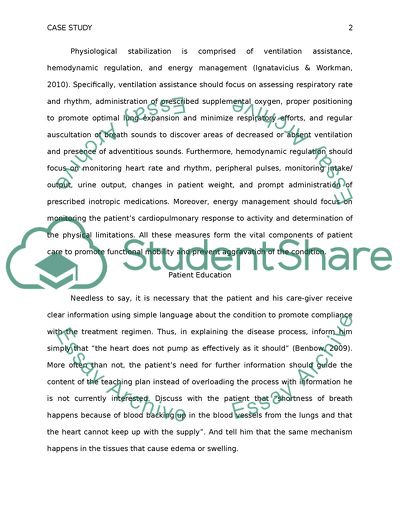Approach to Care, Treatment Plan and Patient Education Essay - 2. Retrieved from https://studentshare.org/nursing/1619909-case-study-2
Approach to Care, Treatment Plan and Patient Education Essay - 2. https://studentshare.org/nursing/1619909-case-study-2.


